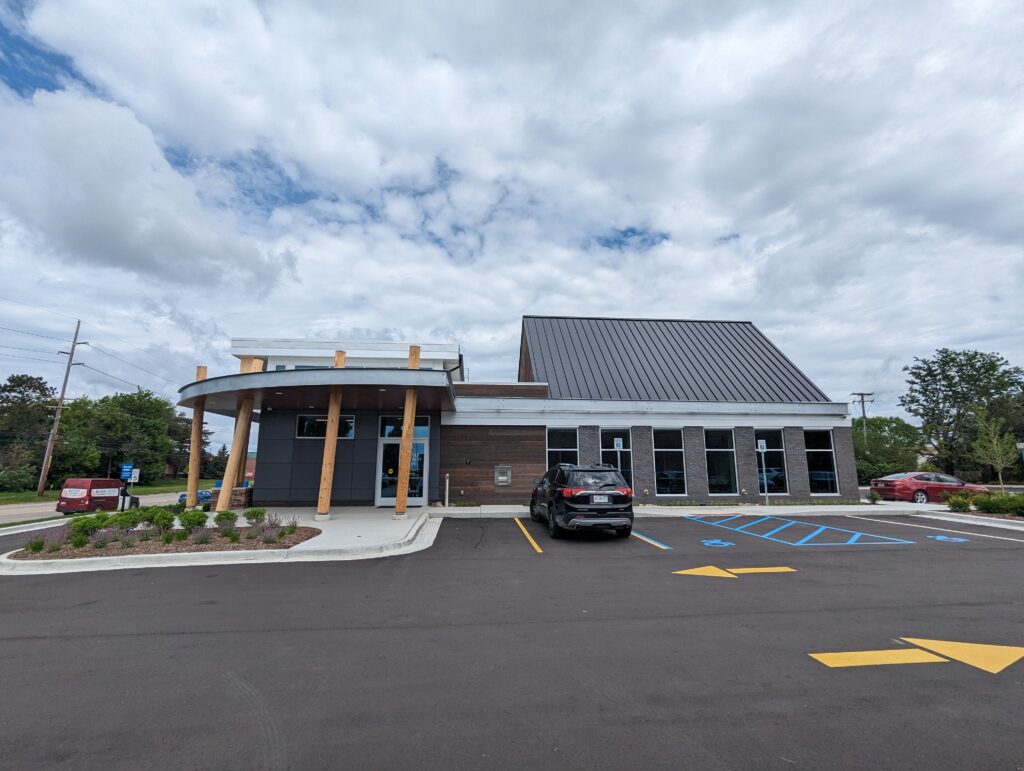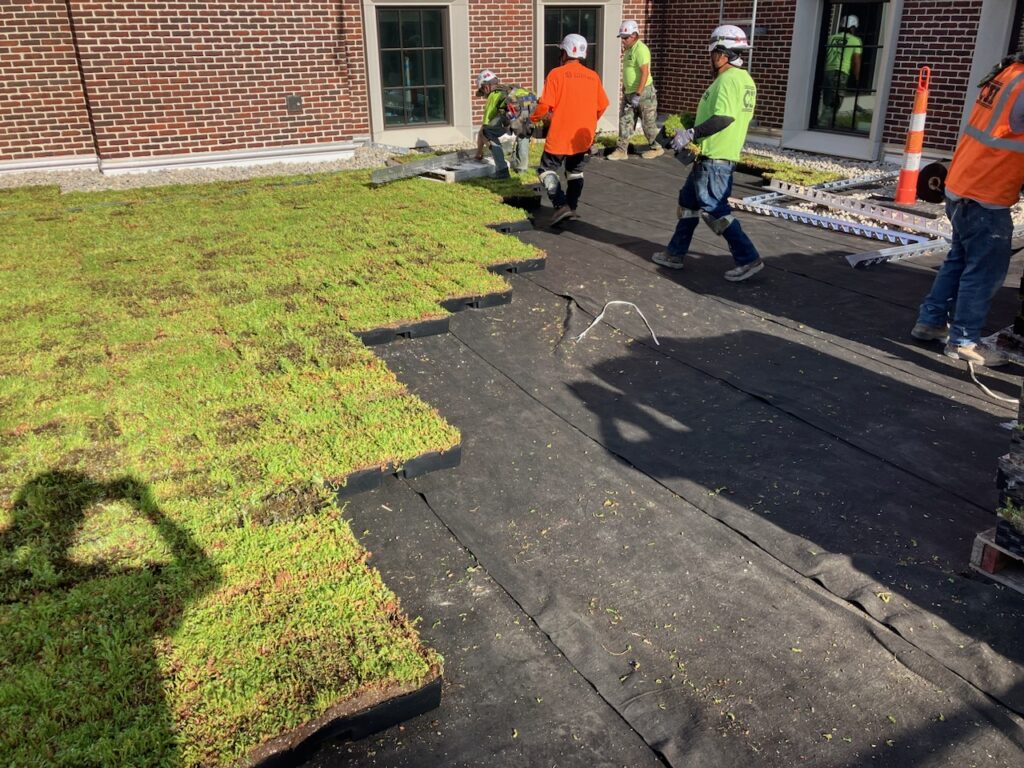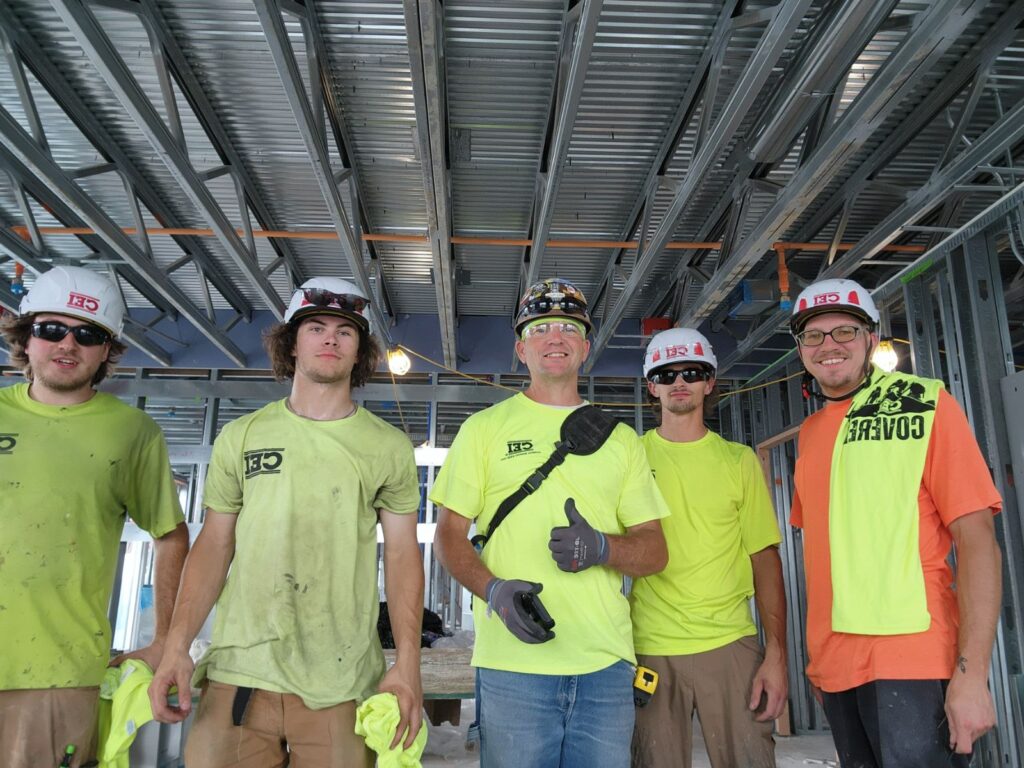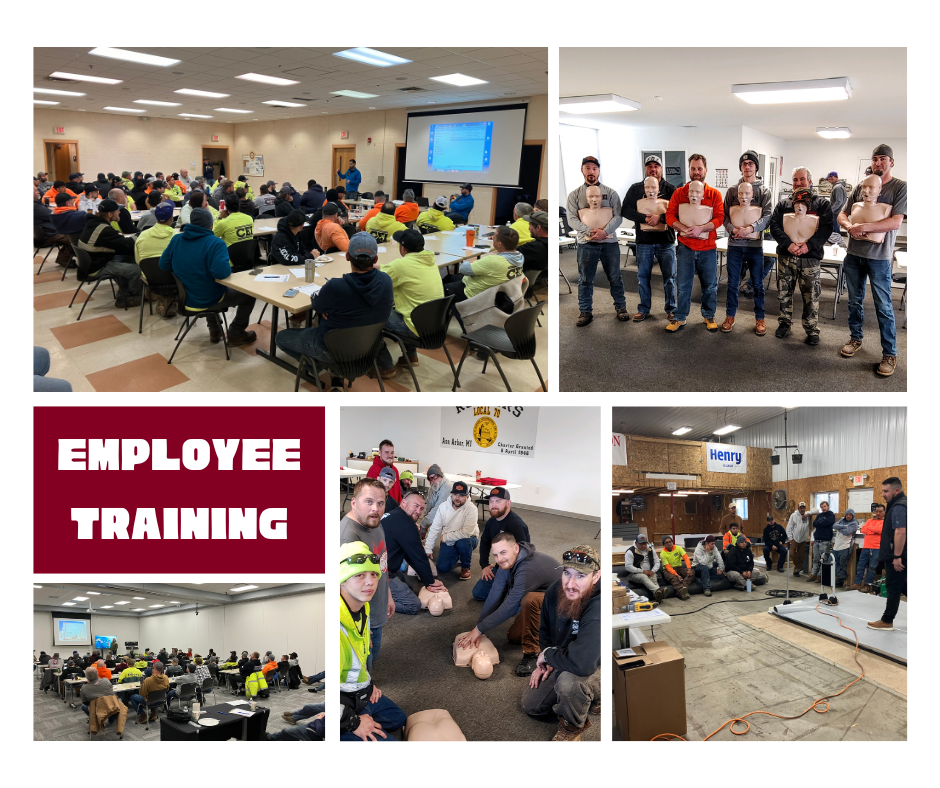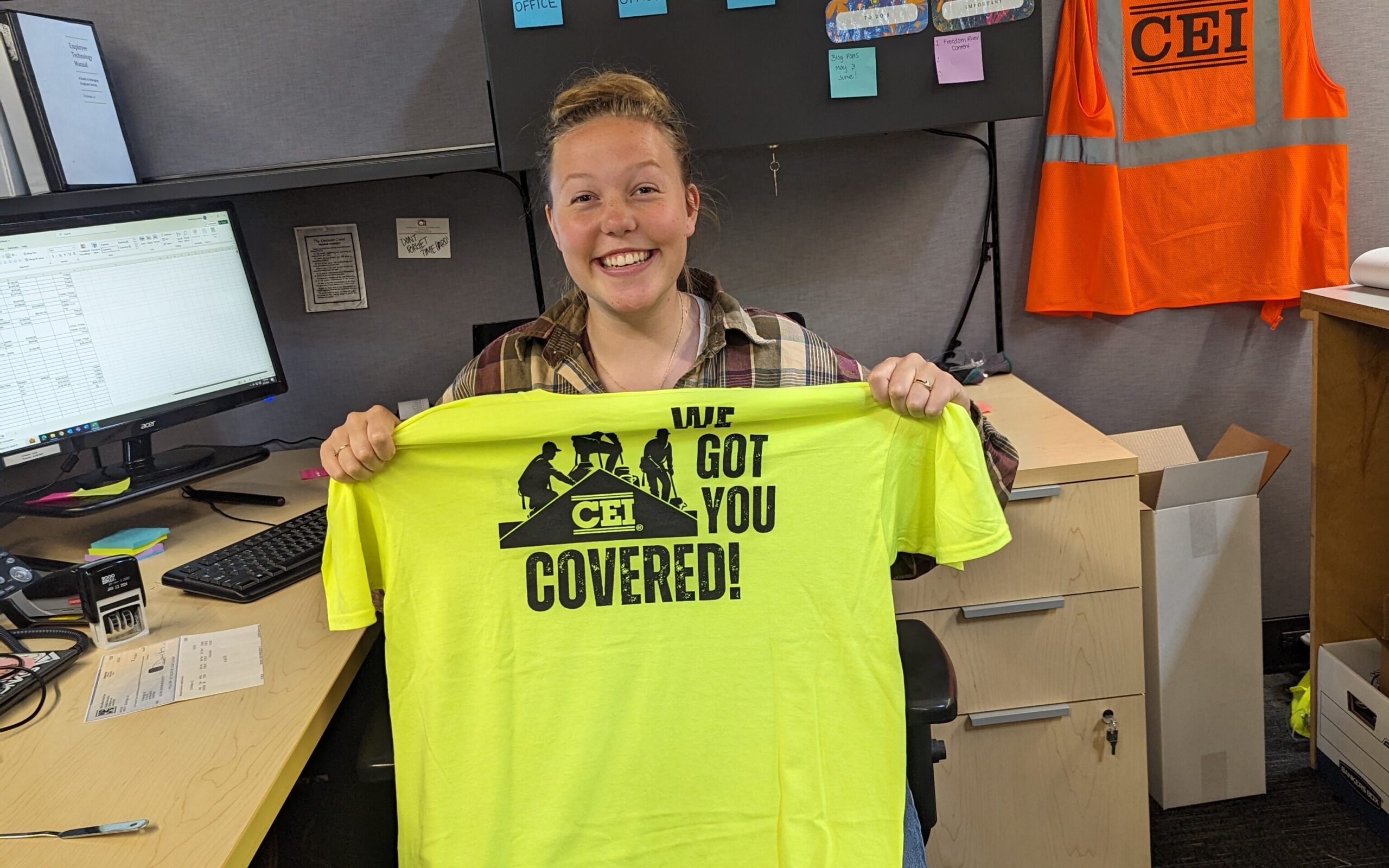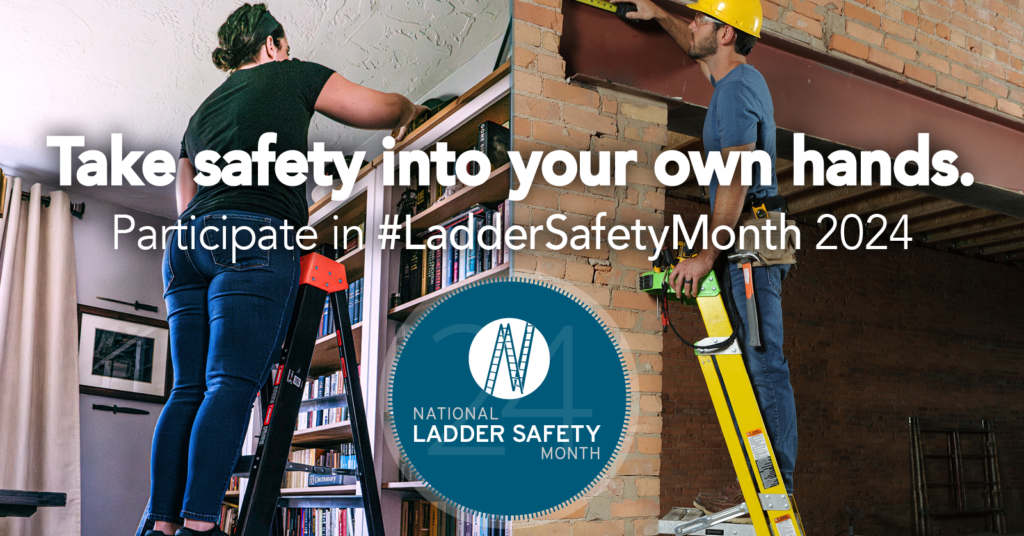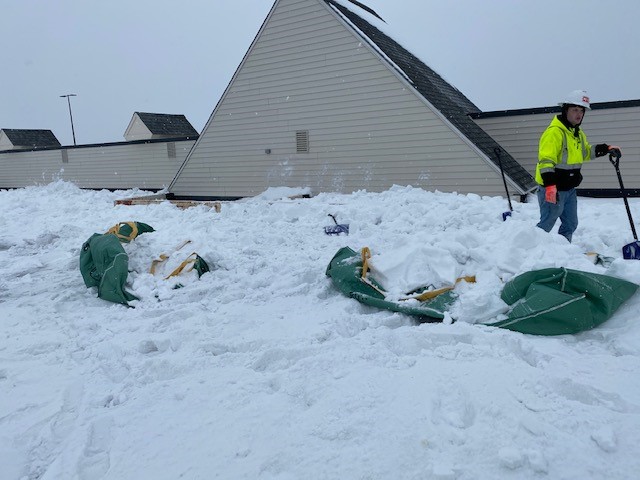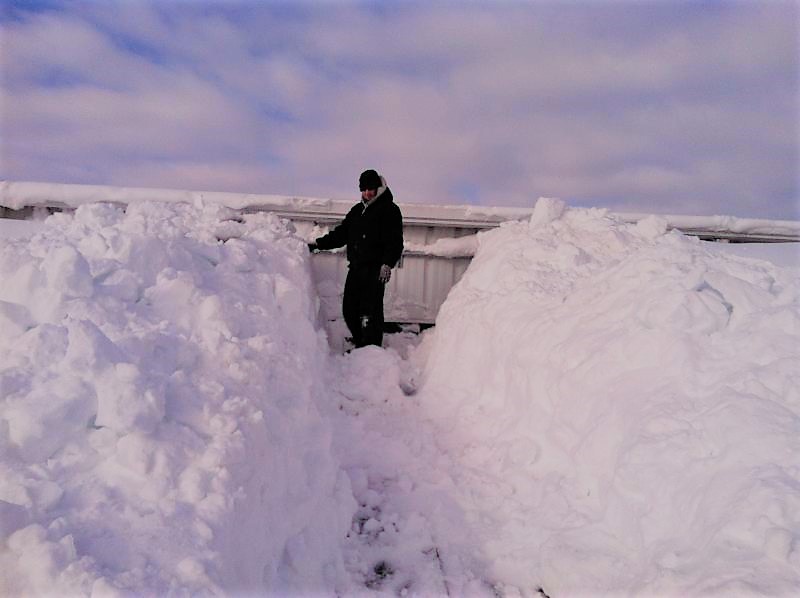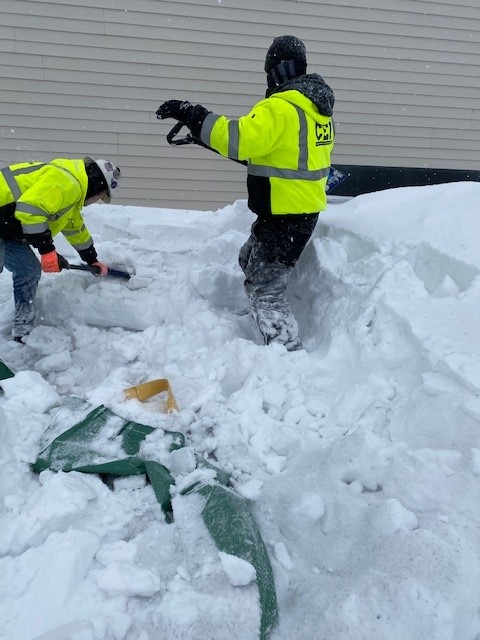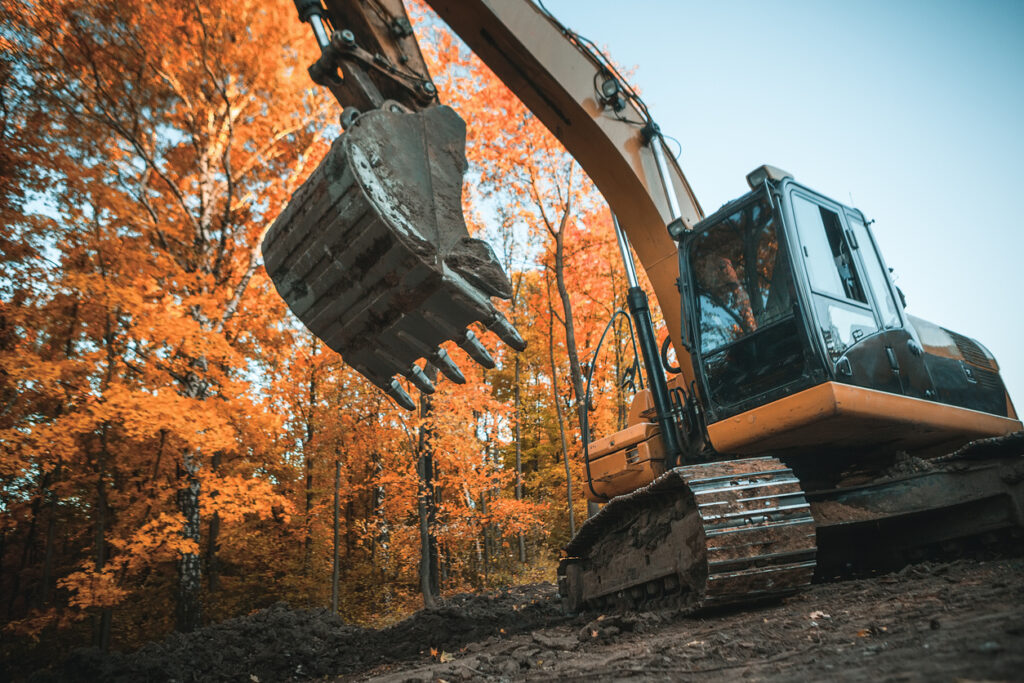
We all know the different safety hazards that can come with each season. Winter brings snow and ice, spring brings crazy tropical storms, and summer brings hot temperatures that cause heat-related illnesses. Autumn brings challenges and conditions, from rainy days and even hurricanes to colder morning temperatures and warmer afternoons. As we enter Autumn, we want to cover some of the possible hazards you can find while working in construction. Stay updated with the latest safety regulations and training to keep you and your crews safe on jobs.
Take precautions in Muddy Conditions
Under rainy conditions, you will most likely encounter mud on a construction site. While mud seems harmless, it can also become a hazard. It increases the risk of slips and falls and makes the ground unstable for equipment. Here are some tips to help prevent mud-related accidents.
Improve Mud Terrain
Set up drainage on your job site to remove some of the mud. In critical areas, consider laying gravel for traction.
Urge Caution on Steps
Remind everyone to wipe their boots frequently, especially before climbing ladders or mounting or dismounting equipment.
Erect Scaffolding Properly
Scaffolding must be erected on a firm foundation and never directly on soft, muddy, or frozen ground. For better stability, use a mud sill. These stable wood planks, placed under the scaffold footings, distribute the weight of the scaffold, keeping it from moving or sinking into the mud. After a storm, always check the scaffolding to ensure it’s still stable before use.
Take Steps to Stabilize Heavy Equipment
Heavy equipment can become stuck in the mud. Even if you’re using a rough terrain forklift, mud can increase the risk of rollover. Tire chains or tracks increase traction in the mud. Heavy equipment mud mats can turn muddy areas into safe access roads. At the end of the workday, hose off equipment to keep mud from caking and jamming machines.
Clear off Leaves
We can all appreciate all the beautiful colors of the trees being changed. However, once the leaves fall, they can cause hazards on job sites. Leaves can hide uneven ground and become slick, increasing the risk of falls. They can also block the air intake or exhaust on equipment. Therefore, properly removing leaves is vital to decrease the risk of accidents.
Store Equipment and Materials
Continuously cleaning leaves and debris from equipment can be annoying and time-consuming. So why not store your equipment in an enclosed space to protect it from storms, leaves, and debris? Portable Storage bins are always a good option when equipment has to stay on the job site.
If you expect a heavy storm (like hurricanes in some regions), take extra precautions by removing and securely storing as much equipment as possible. Move materials into a secure storage area, too. Cover materials and equipment that can’t be moved with a heavy-duty tarp or use tie-downs and sandbags to keep them from blowing away. Take down cranes, scaffolding, light towers, and other equipment that could pose a threat. Board up any windows and doors.
Provide Adequate Lighting
Shorter days mean less daylight. Low light makes it harder to judge objects’ position, shape, or speed and causes eye strain and headaches. OSHA regulations dictate how bright construction sites must be to work safely. Many job site lighting options exist, including string, portable, and towable light towers. However, pick the proper light option for your construction site, follow the setup, and follow the instructions when taking down the lights.
Practice Generator Safety
Due to the risk of electrocution, portable generators and water don’t mix. Don’t operate a generator on a wet surface or in the rain unless your generator has a waterproof canopy. To avoid carbon monoxide poisoning, use a portable generator only in a well-ventilated outdoor area, at least 20 feet away from windows, doors, and vents.
Review your Evacuation Plan
You should have a site-specific evacuation plan tailored to different types of emergencies. Conduct period evacuation drills to ensure workers know what to do in emergencies.
Make Allowances for Cold and Flu Season
Cold season starts in September, and flu season typically begins in October. You should prepare by eating healthy food, taking vitamins, and drinking water and electrolytes.
As employers, you should accommodate employees’ calls out sick and, as hard as it is, encourage them to stay home when sick.
References
United Rentals. “Autumn Safety Tips for Construction Companies.” United Rentals, 24 Aug. 2022, www.unitedrentals.com/project-uptime/safety/autumn-safety-tips-construction-companies. Accessed 8 Oct. 2024.


